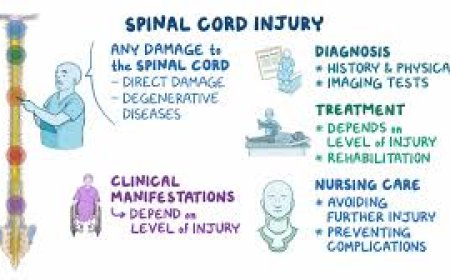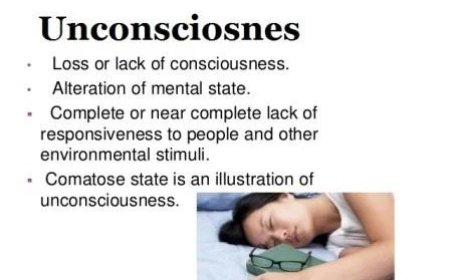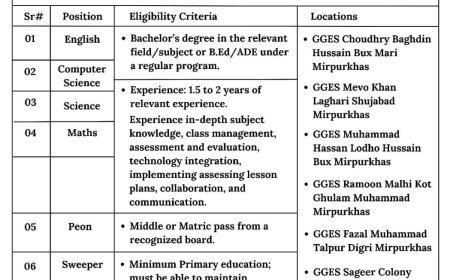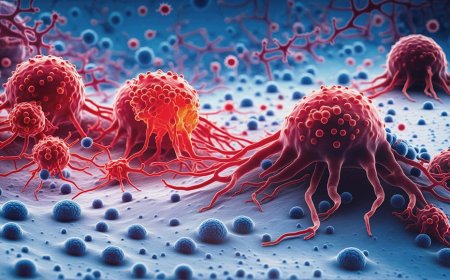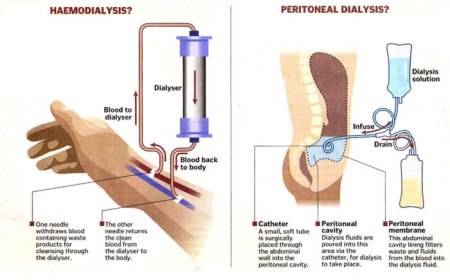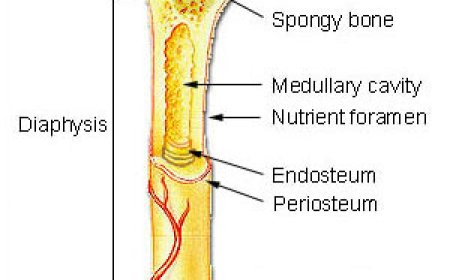1. Introduction
An unconscious patient is a person who cannot respond to sound, touch, or pain and is not aware of their surroundings.
Unconsciousness can happen suddenly or gradually and is a medical emergency.
Quick and correct first aid can save the patient’s life.
2. Meaning of Unconsciousness
Unconsciousness means loss of awareness and response due to disturbance in brain function.
The patient cannot speak, move, or react properly.
3. Common Causes of Unconsciousness
Head injury or trauma
Stroke (brain attack)
Epileptic fit (seizure)
Shock due to blood loss or pain
Low blood sugar (hypoglycemia)
Heart attack or cardiac arrest
Drug or alcohol poisoning
Lack of oxygen (choking, drowning, suffocation)
Severe infection or fever
4. Signs and Symptoms
Patient does not respond when called or touched.
Breathing may be slow, noisy, or stopped.
Pulse may be weak or absent.
Skin becomes pale, cold, or bluish.
Eyes may be half open or rolled upward.
Muscles become limp.
May have vomiting, fits, or loss of bladder control.
5. First Aid Principles
The first aider’s duty is to preserve life, prevent further harm, and promote recovery.
6. Steps of First Aid for an Unconscious Patient
Step 1: Check for Safety
Make sure the area is safe for you and the patient (no fire, wires, or chemicals).
Step 2: Check Response
Gently tap the patient’s shoulder and ask loudly, “Are you okay?”
If no response — the patient is unconscious.
Step 3: Call for Help
Call ambulance or emergency services immediately.
Step 4: Check ABC (Airway, Breathing, Circulation)
A – Airway
Tilt the head slightly backward and lift the chin to open the airway.
Remove any visible obstruction (food, vomit, dentures).
B – Breathing
Look, listen, and feel for breathing for 10 seconds.
If not breathing — start rescue breathing (mouth-to-mouth respiration).
C – Circulation
Check pulse (at neck or wrist).
If pulse is absent — start CPR (cardiopulmonary resuscitation).
Step 5: Place in Recovery Position
If the patient is breathing but unconscious, turn them on their side.
Keep the head tilted back to maintain open airway.
This position helps prevent choking if vomiting occurs.
Step 6: Loosen Tight Clothing
Open collar, belt, or scarf to help in easy breathing.
Step 7: Check for Other Causes
Look for medical ID cards or bracelets (for diabetes, epilepsy, etc.).
If diabetic — and the person can swallow — give sugar or sweet juice.
If head injury — do not move the head or neck unnecessarily.
Step 8: Maintain Body Temperature
Cover the patient with a light blanket if cold.
If under heat exposure, move the patient to a cool, shaded place.
Step 9: Monitor Vital Signs
Keep checking breathing, pulse, and response until medical help arrives.
Step 10: Do Not Leave Patient Alone
Stay near the patient and observe continuously.
Give clear details to the medical team about what happened and how long the person was unconscious.
7. Do’s and Don’ts
✅ Do’s
Keep airway open at all times.
Place patient in recovery position if breathing.
Keep surroundings calm and quiet.
Note time of unconsciousness and changes in condition.
Provide emotional support when patient regains consciousness.
❌ Don’ts
Don’t give anything to eat or drink to an unconscious person.
Don’t try to shake or slap the patient.
Don’t pour water on the face.
Don’t crowd around the patient — allow fresh air.
Don’t move the patient if head or spinal injury is suspected.
8. Prevention
Avoid risky activities without safety gear.
Manage diabetes and blood pressure properly.
Prevent head injuries (wear helmets, seat belts).
Avoid overuse of medicines, alcohol, or drugs.
Learn basic first aid and CPR techniques.
9. Summary
Unconsciousness is a serious emergency that needs quick action.
Main goals of first aid are:
Maintain airway
Ensure breathing and circulation
Prevent further injury
Call for professional help
Proper first aid and calm behavior can save a life before reaching the hospital.

 Like
0
Like
0
 Dislike
0
Dislike
0
 Love
0
Love
0
 Funny
0
Funny
0
 Angry
0
Angry
0
 Sad
0
Sad
0
 Wow
0
Wow
0

